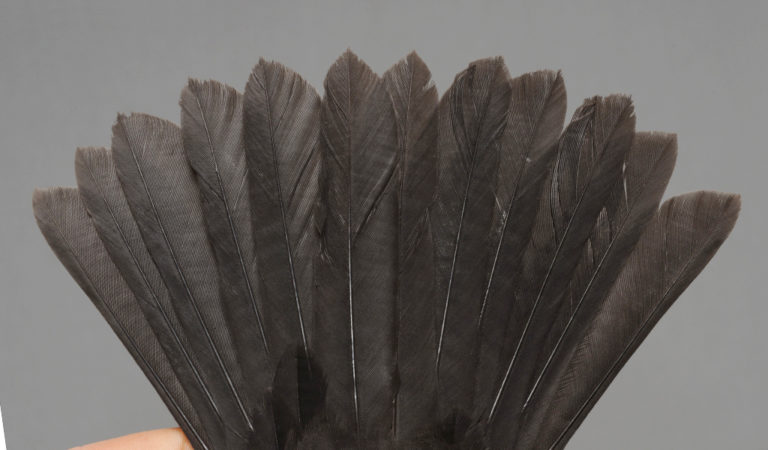

Common Blackbird

2cy March (male). Juvenile RR are generally slightly more narrow, pointed and worn than in adult, but there is a variation in shape and difficult birds are sometimes seen. The structure is often helpful: less dense, less glossy and somewhat paler brownish than post-juvenile (or post-breeding) feathers. Most birds include no RR in the moult, but a few may show single or several post-juvenile RR. [4603551]
Ringers’ DigiGuide is sponsored by:
Hemsidan producerad i samarbete med
BirdLife Sverige